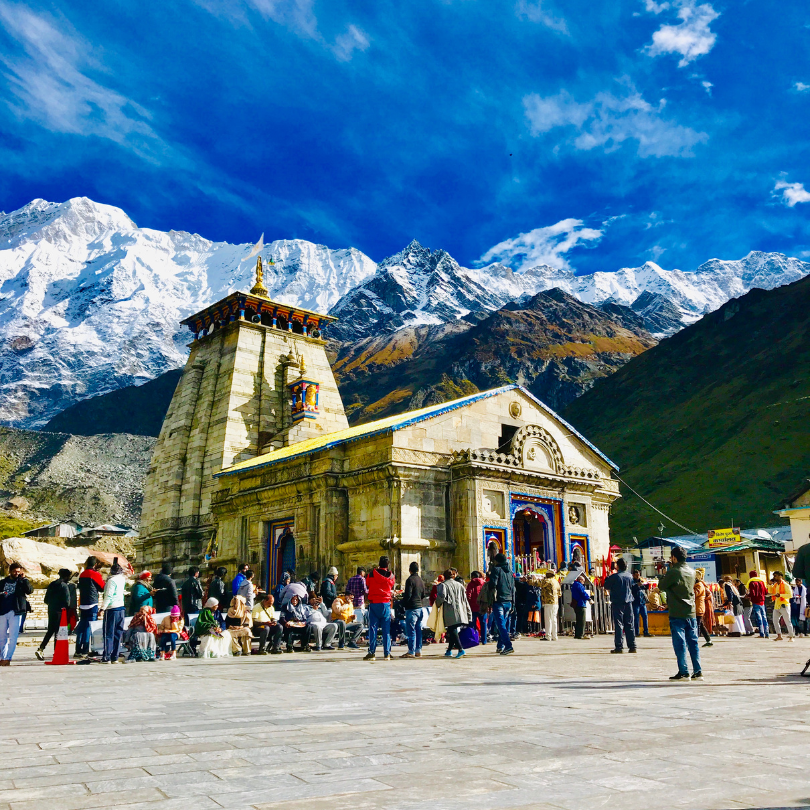
Kedarnath Temple - History, Treks, And Travel Guide
Kedarnath, located in the Himalayas of Uttarakhand, is a sacred town housing the Kedarnath Temple, a major pilgrimage site of Lord Shiva, offering spiritual bliss and awe-inspiring mountain views.
Overview Of Kedarnath
Kedarnath is a serene town situated at an impressive altitude of 3,583 meters in the heart of the Garhwal Himalayas. Nestled amidst towering snow-clad peaks, glacial valleys, and pristine forests, it is one of the most spiritually uplifting and visually stunning destinations in India. The town is enveloped by the tranquil Mandakini River, whose gurgling waters add a soothing soundtrack to the breathtaking natural scenery.
The Kedarnath Temple, the town’s spiritual centerpiece, stands majestically against the backdrop of rugged Himalayan mountains, drawing thousands of devotees and travelers seeking peace, reflection, and a deep connection with nature. Beyond the temple, the surrounding landscape is a paradise for trekkers, hikers, and nature enthusiasts. The trek from Gaurikund to Kedarnath passes through lush meadows, cascading waterfalls, and alpine terrain, offering spectacular panoramic views of the mountains at every turn.
Visitors to Kedarnath often find themselves immersed in the serenity of its environment, with crisp mountain air, the scent of pine forests, and the occasional flutter of colorful Himalayan flowers enhancing the sensory experience. Wildlife sightings, such as playful Himalayan birds or grazing mountain goats, add to the charm of the journey. The combination of spiritual atmosphere, rugged natural beauty, and tranquil surroundings makes Kedarnath a destination that leaves a lasting impression on the heart and soul of every traveler.

History & Religious Significance
Kedarnath is not just a high-altitude town but a deeply sacred destination that carries centuries of devotion, legends, and faith. Revered as one of the twelve Jyotirlingas of Lord Shiva, it stands as a symbol of divine power and spiritual liberation. The temple and its surroundings are steeped in mythology, drawing countless pilgrims every year who come in search of blessings, redemption, and peace in the lap of the Himalayas.
Key Highlights of Kedarnath’s Religious Significance:
- One of the 12 Jyotirlingas – Worshipped as a highly sacred manifestation of Lord Shiva, making it a vital pilgrimage for Hindus.
- Connection with the Pandavas Believed to be built by the Pandavas after the Kurukshetra war, as they sought Lord Shiva’s forgiveness for their sins.
- Shiva’s Buffalo Form Mythology tells that Lord Shiva disappeared into the ground in the form of a buffalo here, leaving behind his hump, which is worshipped in the temple.
- Adi Shankaracharya’s Role – The great saint Adi Shankaracharya is said to have revived worship here in the 8th century, strengthening its place in the Char Dham circuit./li>
- Center of Liberation (Moksha) – Pilgrims believe that offering prayers at Kedarnath helps wash away sins and grants spiritual liberation.
- Purity: Bathing in the Ganga is said to cleanse sins and free one from the cycle of rebirth.
- Life-giving force: The river sustains agriculture, supports life, and nourishes communities across North India.
- Spiritual journey For millions, the pilgrimage to Gangotri is symbolic of surrender, humility, and connection with the divine.
- Visit Kedarnath Temple and offer prayers to Lord Shiva.
- Trek the scenic route from Gaurikund to the temple.
- Explore nearby trails and Himalayan valleys.
- Photography of mountain landscapes and the Mandakini River.
- Acclimatize properly to avoid altitude sickness.
- Carry warm layers, sun protection, good hiking shoes and basic first-aid.
- Check road and weather updates; landslides and sudden snow can affect schedules.
- Respect local customs and follow eco-friendly practices.

Symbolism of the Ganga in Hindu Philosophy
Gangotri’s significance is inseparable from the Ganga herself, who is not just a river but a divine force in Hindu thought.
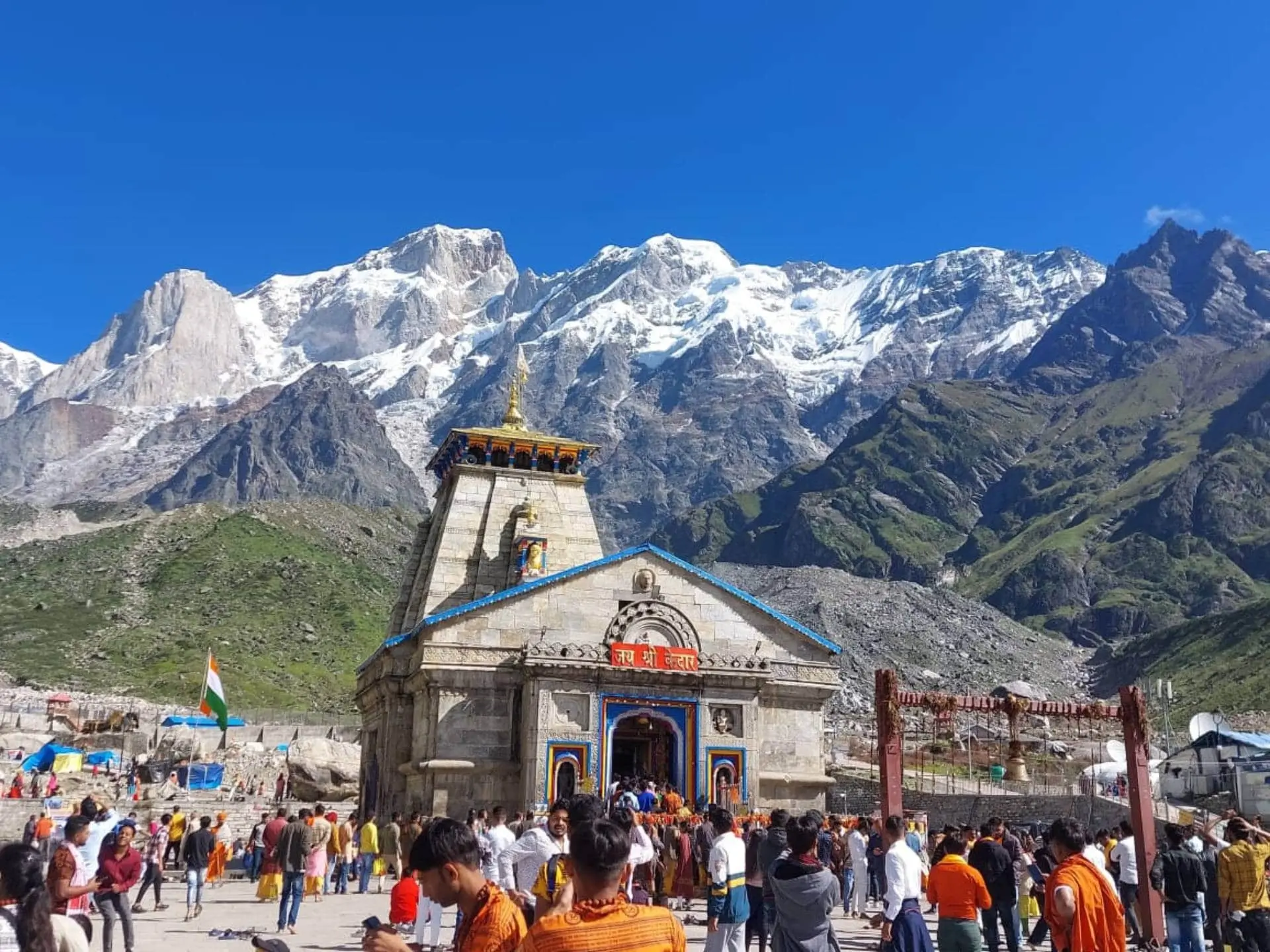
How to Reach Kedarnath
Kedarnath is reachable via trek from Gaurikund. Roads up to Gaurikund are motorable.
| By Road | Drive from Rishikesh (approx 8–10 hours) to Gaurikund. Taxis, buses, and shared cabs are available. |
|---|---|
| By Rail | Nearest railway station: Rishikesh / Haridwar. Continue by road to Gaurikund and trek onwards. |
| By Air | Nearest airport: Dehradun (Jolly Grant). Proceed by road to Gaurikund. |
Best Time to Visit
Best months are May to October when roads are open and weather is pleasant. Kedarnath Temple opens during the summer months (usually late April / May to October) — note the temple closes in winter and the idol is moved to Ukhimath. Winters are harsh with heavy snow; travel is not recommended unless you're prepared for high-altitude conditions.
Things to Do
Travel Tips & Safety
Quick Facts
Gallery
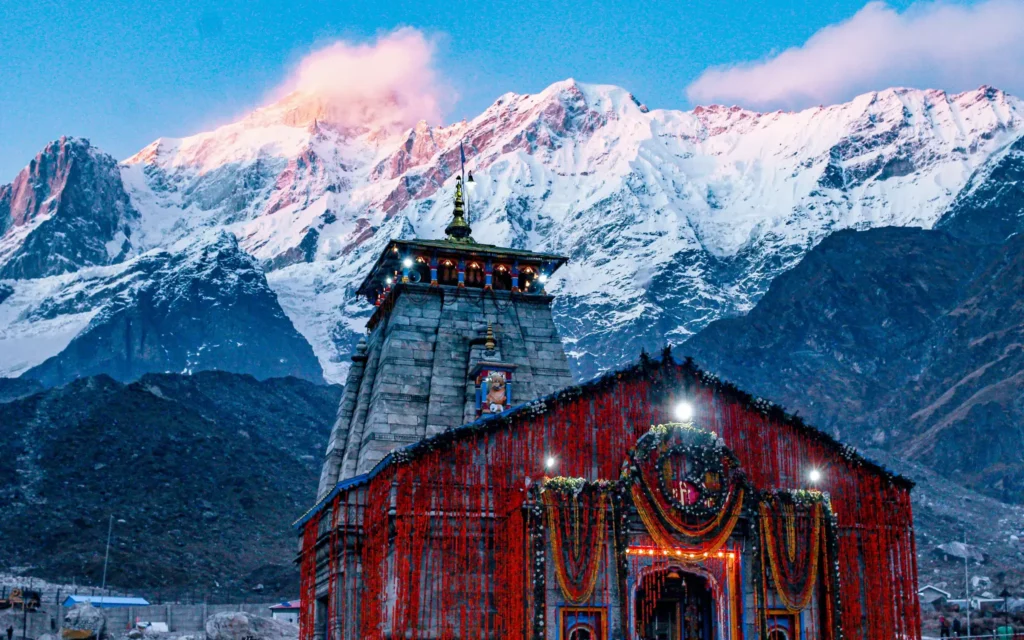

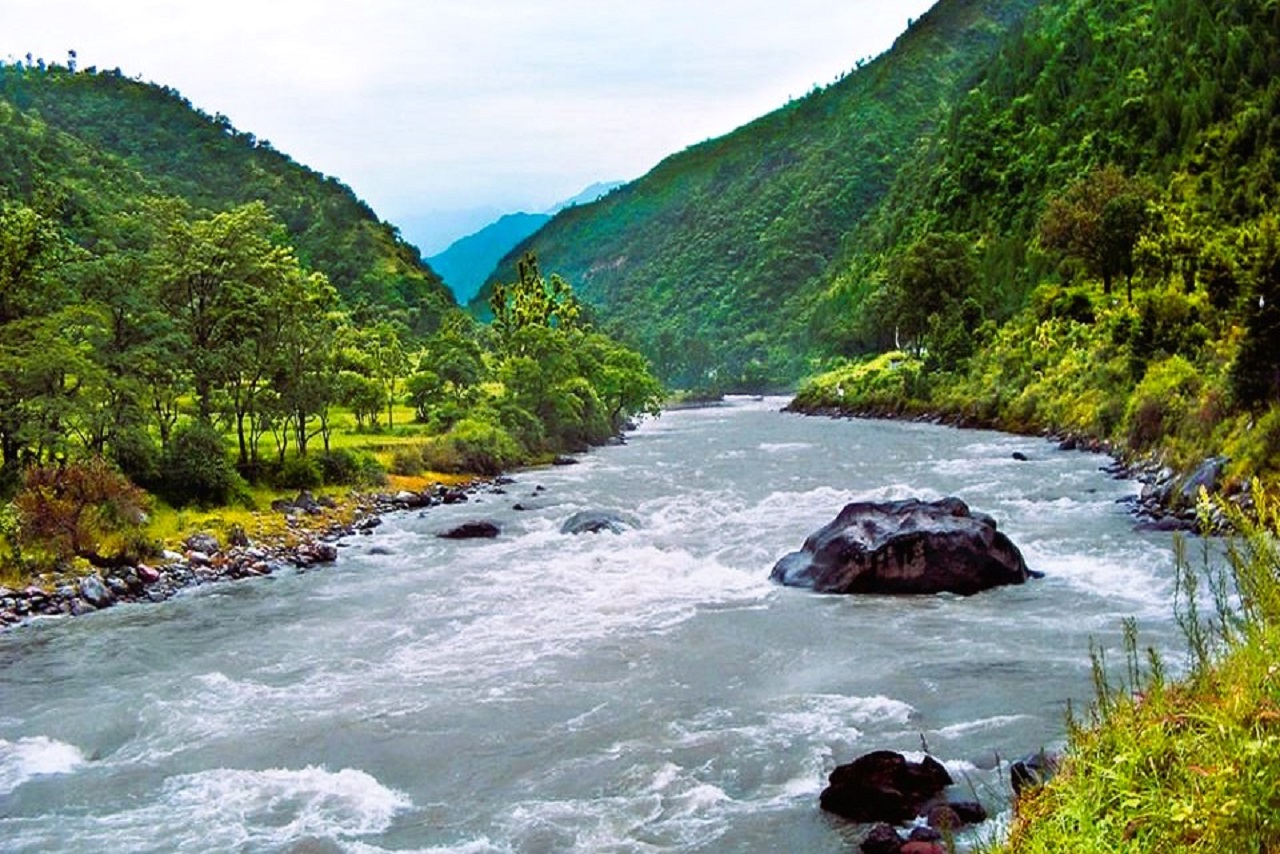
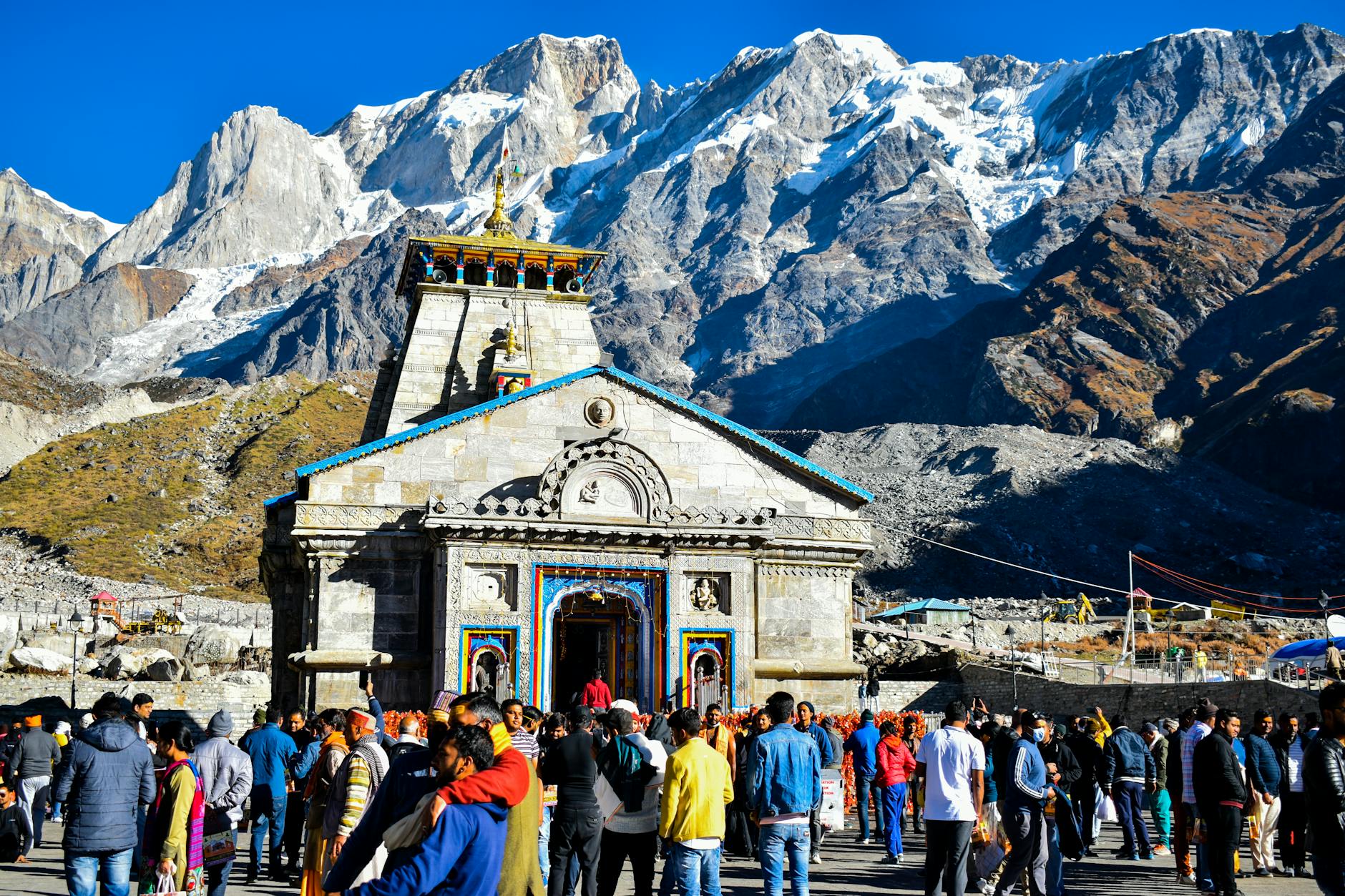
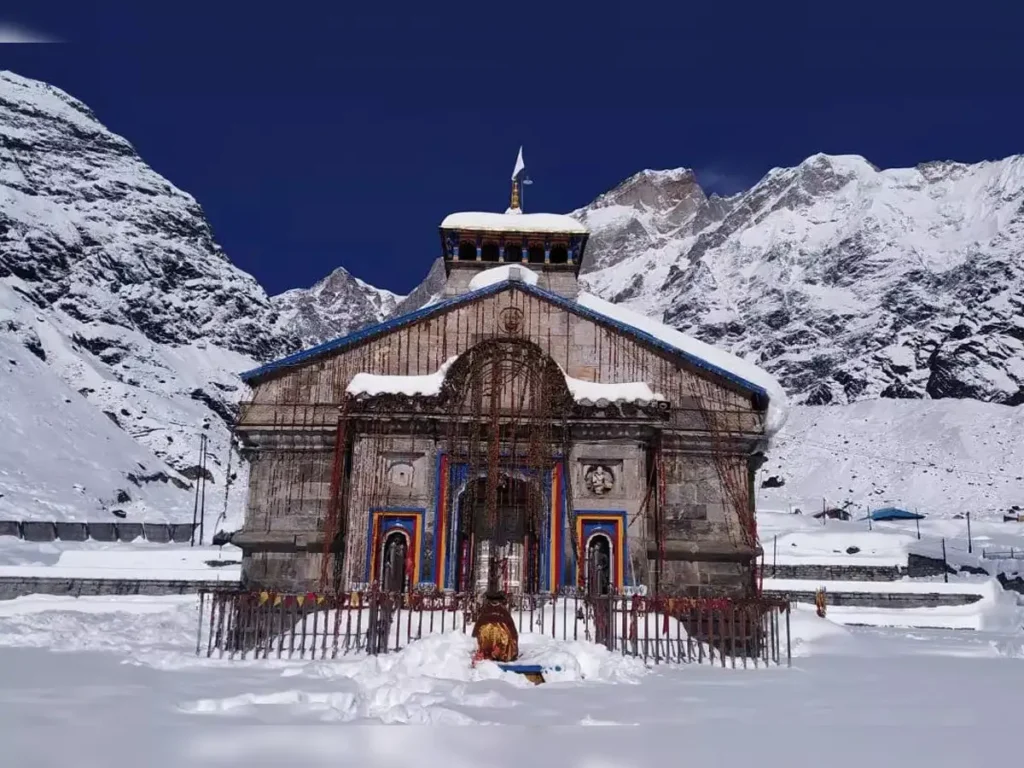
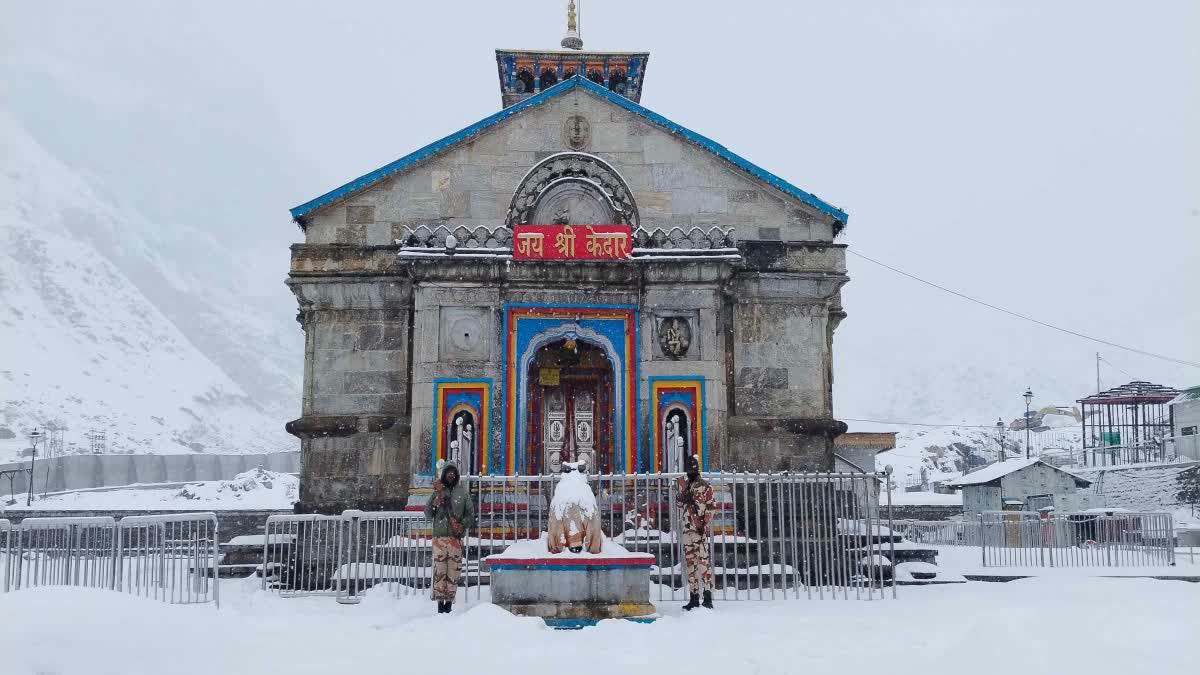
Nearby Attractions
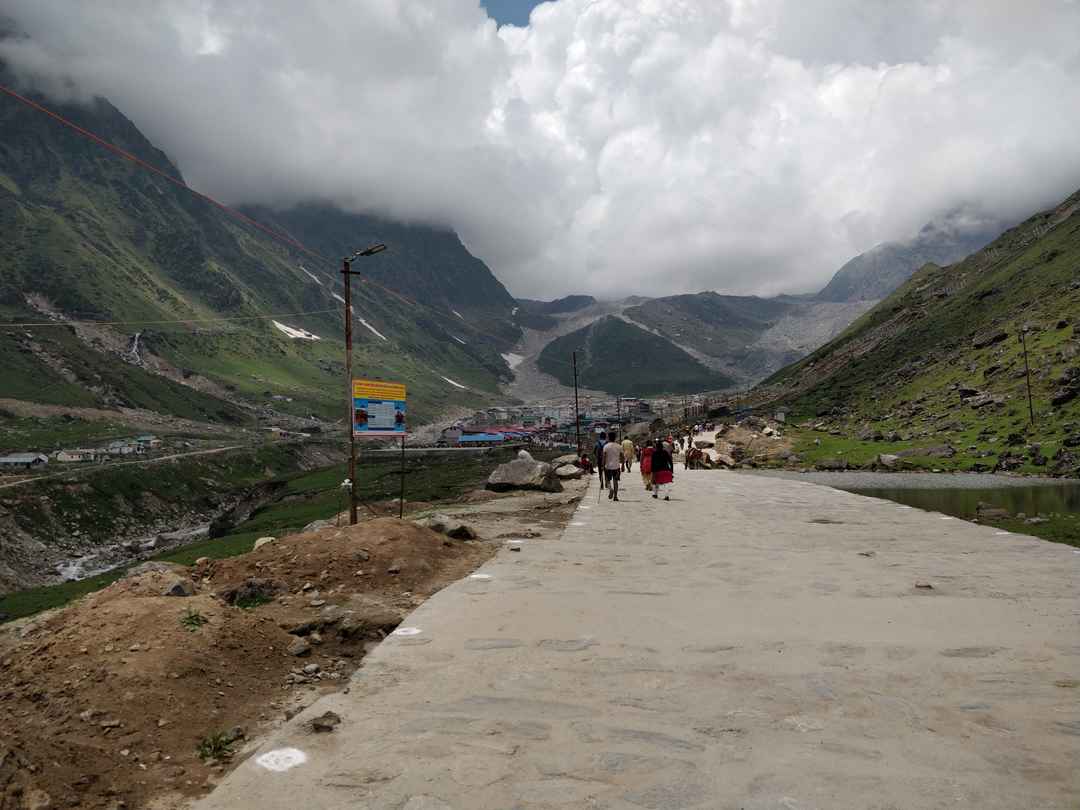
Gaurikund
Gaurikund is the base camp for Kedarnath pilgrims, offering lodging, food, and medical facilities. It is also the starting point for the Kedarnath trek, surrounded by scenic Himalayan landscapes.

Chorabari Lake
Chorabari Lake, also known as Gandhi Sarovar, is a glacial lake near Kedarnath Temple. Pilgrims enjoy peaceful moments here and admire the stunning reflections of Himalayan peaks.
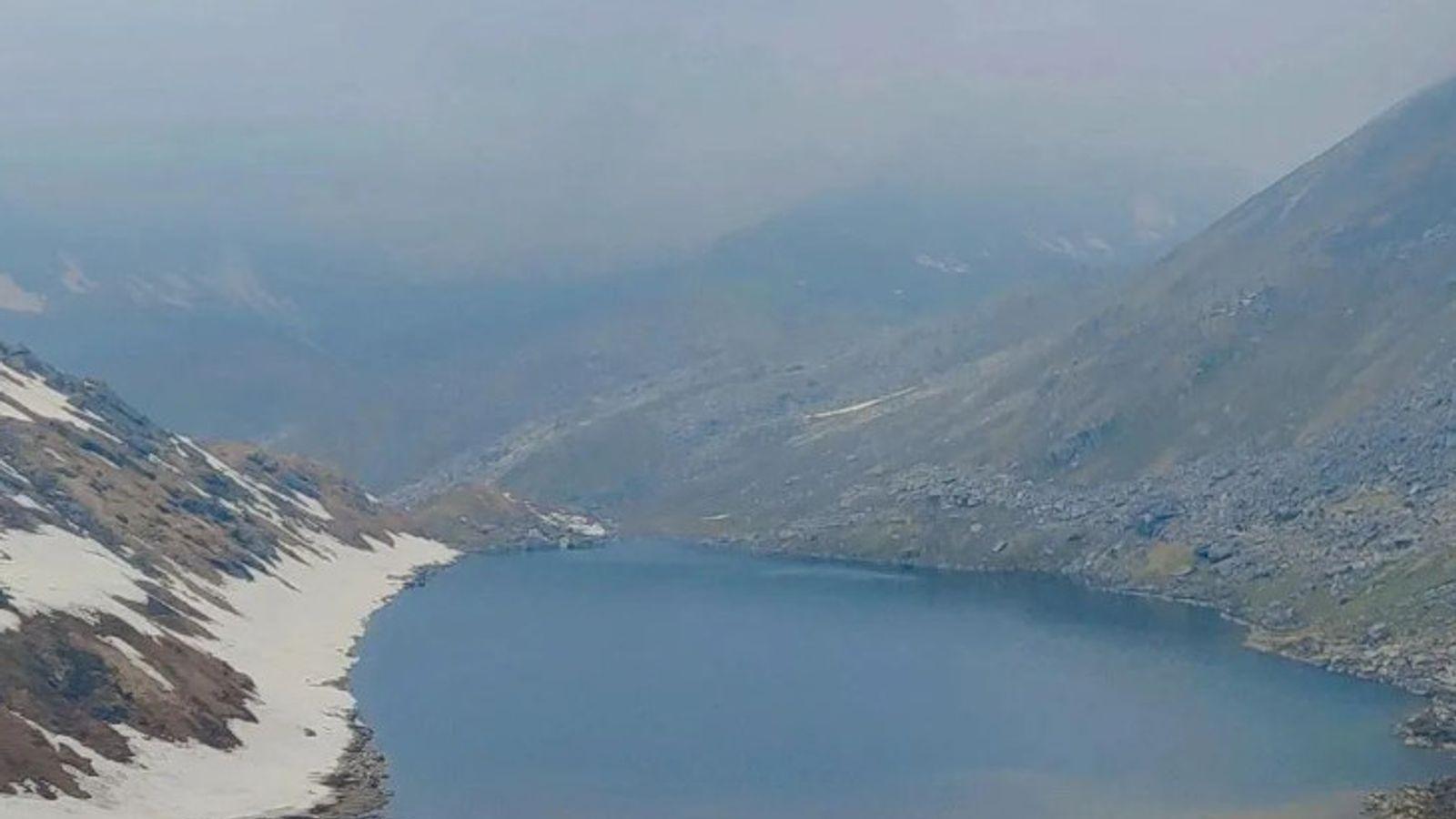
Vasuki Tal
Vasuki Tal is a small glacial lake situated near Bhojbasa on the Kedarnath trek in Uttarakhand. It is named after Vasuki, the serpent king in Hindu mythology.

